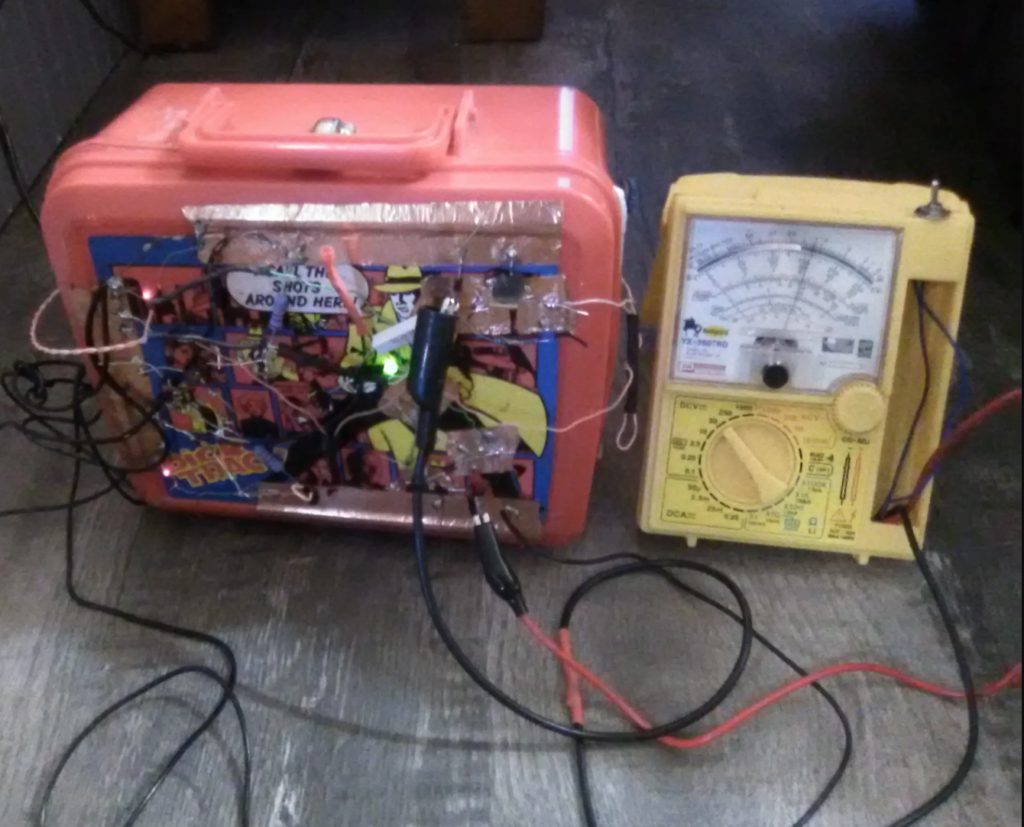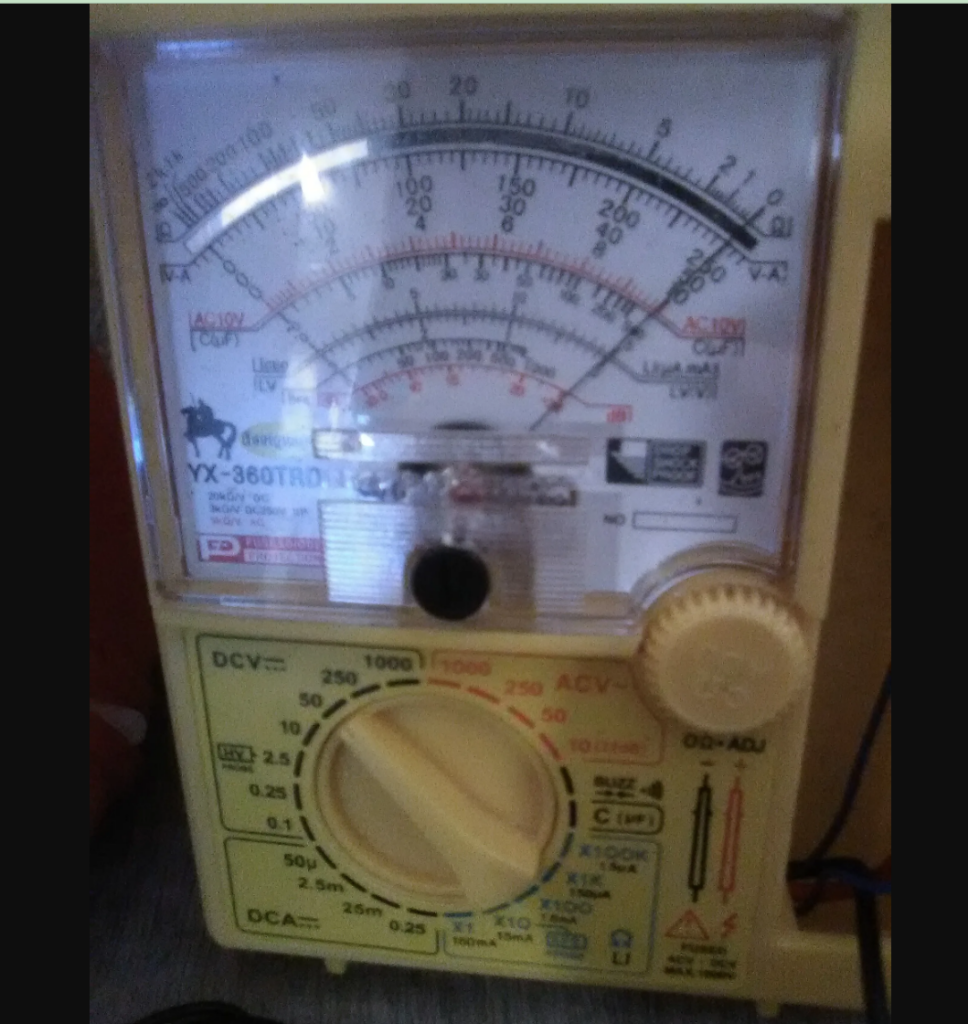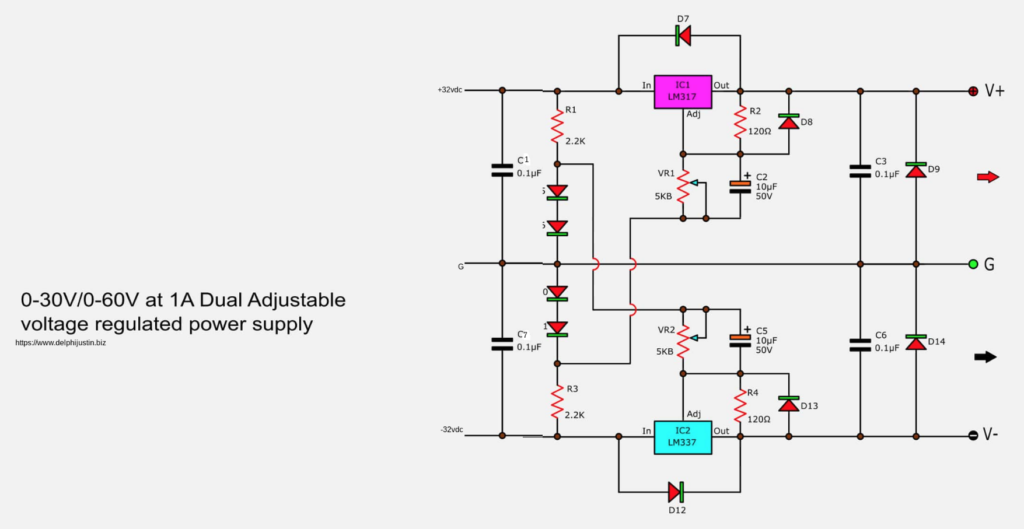Although screen-printing methods are commonly useful for making T-shirts, manufacturers are now experimenting with the same technique for making flexible and wearable electronics. The easy manufacturing technique is also quite inexpensive.
The tech industry is increasingly promoting the popular use of flexible, wearable electronics. This promotion includes fitness trackers and smartwatches, which consumers are adopting widely. However, there is a huge challenge in making these devices—the process is rather error-prone, complex, and expensive.
Another challenge that manufacturers of such flexible, wearable electronics face are the high cost of raw materials. As the materials these devices require for the flexible sensors and displays are relatively new, they are expensive to produce in large quantities. Therefore, manufacturers find it difficult to produce high-quality and affordable devices.
The complexity of the manufacturing processes for these devices is another major challenge. The process of manufacturing these flexible, wearable electronic devices requires various steps, involving the printing of thin-film transistors, creating flexible substrates, and assembling the final device. Each step requires the execution to be at a high level of accuracy and precision. This not only increases the risk of errors but is also difficult to achieve.
In contrast, the screen-printing process, or the silk screen printing process, is a technique that is in use for centuries now. The process requires pushing ink through a mesh screen or stencil and depositing it on a surface. A non-permeable material blocks off sections of the mesh screen to leave open only the desired design. This allows ink to pass through only the openings.
Not only does the above process require very inexpensive and minimal material, but it is also incredibly simple as well, and anyone can do it by hand. So far, manufacturers of T-shirts have used this process, but now it has inspired a research team from Washington State University also. They experimented with the technique to check out its suitableness for printing flexible, wearable electrodes among other electronic components.
The team started by printing multiple layers of polyethylene glycol and polyimide mixture on a glass slide. They interspersed this printing with a conductive, patterned layer of silver. After completing the printing process, they peeled off the screen-printed material from the slide, affixing it to the body or fabric. Then they formed a serpentine, highly deformable pattern of electrodes, which could stretch to more than 30% of its regular size, and bend at up to 180 degrees without any damage.
The researchers created a wearable, real-time, wireless, electrocardiogram monitoring device using their new method, and put it to the test. They developed an algorithm to process the sensor data from the flexible printed circuit and the printed electrodes. Their device could accurately calculate respiratory rates, heart rate, and its variability metrics. According to the researchers, the variability metrics could have clinical applicability in the detection of arrhythmia.
The main advantage of the approach by the team is they can easily scale up their technique. Therefore, they can use the same technique for creating a single device or for mass-producing a commercial wearable. Moreover, the same technology is useful even beyond medical devices, such as in producing fitness trackers and smartwatches.



